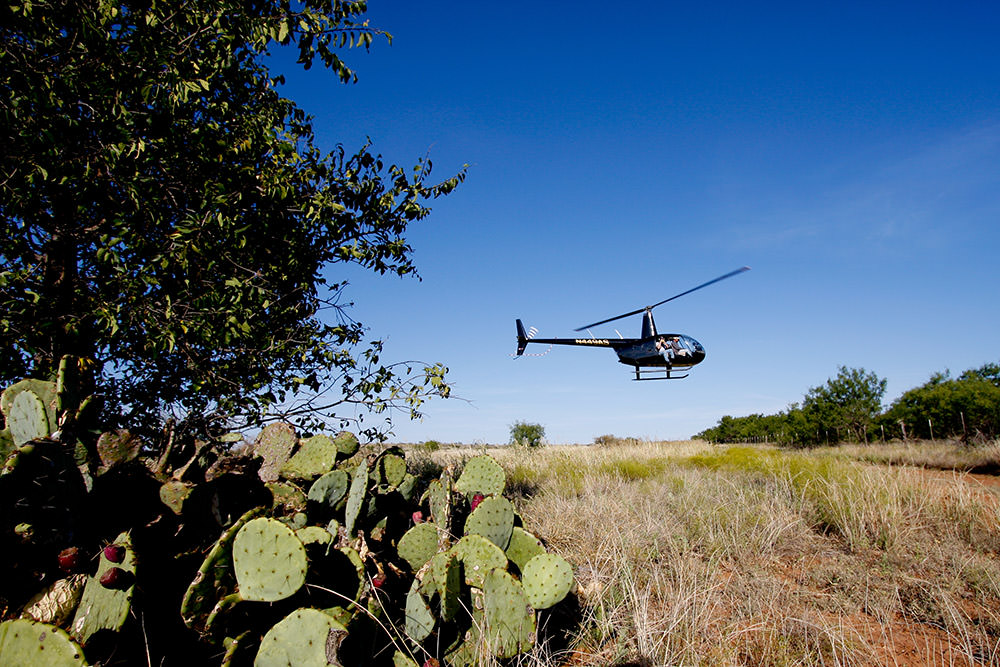Manager’s Minute: Prescribed Fire


 This month we are talking about what may be the most versatile and valuable tool in a quail manager’s toolbox: prescribed fire.
This month we are talking about what may be the most versatile and valuable tool in a quail manager’s toolbox: prescribed fire.
Bobwhite quail across their geographic range evolved with the presence of fire. The recurring fires that helped shape the anatomy and behavior of the bobwhite also developed the mosaic of successional stages that we see as quail habitat. However, much of the U.S. adopted a culture of fire suppression that has pervaded the bobwhite’s historic range and greatly altered the fire regime under which the bobwhite lives. It is inarguable that this change has had a negative impact of bobwhite populations.
As managers, we can pursue that mosaic habitat by implementing prescribed fire. While there is a multitude of considerations for implementation of a burn, there are a few broad ones that allow us to understand the approach to fire as a bobwhite management tool: intensity, timing, size, and return interval.
Fire intensity, in very general terms, speaks to how “hot” a fire is. Changes in fire intensity can have a drastic effect on the outcome of a burn. The same area burned with a low vs. high intensity fire can produce entirely different plant composition, forage production, and woody cover post-burn. For bobwhite management in the Rolling Plains, we are typically looking for a low intensity fire that keeps our woody cover from taking too much damage and helps develop the herbaceous heterogeneity that we want. Fire intensity is a complex equation that has numerous variables– air temperature, soil temperature, humidity, soil moisture, fuel moisture, fuel load, type and organization of fuel, wind speed, and many more. However, the three that are most often focused on for a prescription (likely because they influence most of the other variables) are air temperature, humidity, and wind speed. Temperature and wind speed have a direct relationship with intensity (they go up, so does intensity) while relative humidity has an inverse relationship with intensity (humidity goes up, intensity goes down). When I look for a typical management burn prescription, I am looking for an average air temperature of 40-75 F, wind speed of 6-14 mph, and a relative humidity of 25-50%.
 Regarding timing, prescribed burns for bobwhite management are generally carried out in the late winter and early spring (January to mid-March in the Rolling Plains). This timing does a few things for us: 1) it makes it easier to produce the low-intensity fires that we want due to lower average temperatures; 2) allows us to carry herbaceous cover through the winter; and 3) promotes growth of our desirable warm-season grasses (i.e. nesting cover). Burns during other parts of the year have value for reclamation, reduction of woody encroachment, and other such pursuits. Among years, we hope that burning in the Rolling Plains is followed by good rains. Post-burn rainfall is another key component to the outcome of prescribed fire in the bobwhite’s western range – burning followed by La Nina may be counterproductive.
Regarding timing, prescribed burns for bobwhite management are generally carried out in the late winter and early spring (January to mid-March in the Rolling Plains). This timing does a few things for us: 1) it makes it easier to produce the low-intensity fires that we want due to lower average temperatures; 2) allows us to carry herbaceous cover through the winter; and 3) promotes growth of our desirable warm-season grasses (i.e. nesting cover). Burns during other parts of the year have value for reclamation, reduction of woody encroachment, and other such pursuits. Among years, we hope that burning in the Rolling Plains is followed by good rains. Post-burn rainfall is another key component to the outcome of prescribed fire in the bobwhite’s western range – burning followed by La Nina may be counterproductive.
Size of prescribed burns has two scales: patch size and proportion of property. In general, bobwhite managers want to keep patch size of fires relatively small. While prescribed burning can improve and increase usable space, burned areas provide little protection from predators until the herbaceous cover has recovered. In addition, smaller patch sizes allow managers to create a great patchwork of different successional stages (thus, areas that meet the different needs of a bobwhite) across the landscape. The proportion of a property that is burned is really determined by your desired fire return interval (how long any area goes between burns; “FRI”). For example, on the Research Ranch we shoot for a 7- to 12-year fire return interval. Therefore, we need to burn 10-15% of the property each year. In reality, the world very rarely cooperates with our precise prescriptions, so we usually shoot for 20-25% each year and let the law of averages get us to our 10-15%. Desired fire return interval generally decreases as average rainfall increases on a west to east gradient across the bobwhite range with perhaps a 15-20 year FRI on the western periphery to a 2 year FRI on the eastern.
Prescribed fire is a valuable and versatile tool in the bobwhite manager’s toolbox. However, it is a very complex and potentially dangerous tool that requires extensive education, experience, and preparation to use safely and effectively. The information in this article is the tiniest tip of the knowledge that is needed. For example, scenarios where exotic grasses are prevalent add even more complexity to prescribed fire prescriptions for quail. If you think prescribed burning would benefit your habitat and want to learn more, reach out to your local TPWD biologist, Agrilife extension agent, or local prescribed burn association and they should be able to get you the resources you need.
If you want to gain some hands-on burning experience and are willing to make a trip to Fisher County, reach out to myself (daniel.king@quailresearch.org) or Dr. Kubecka (bkubecka@quailresearch.org). We are always looking for volunteers.
























